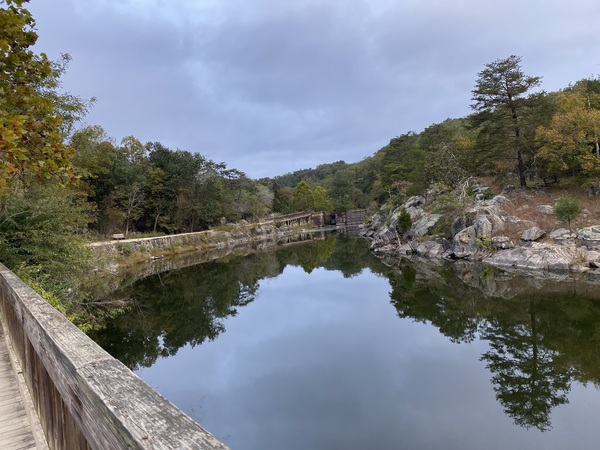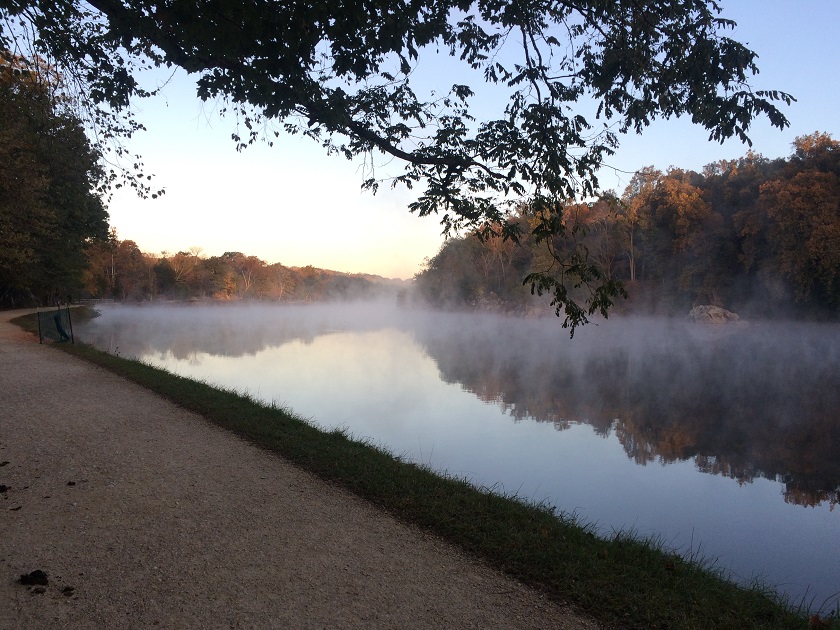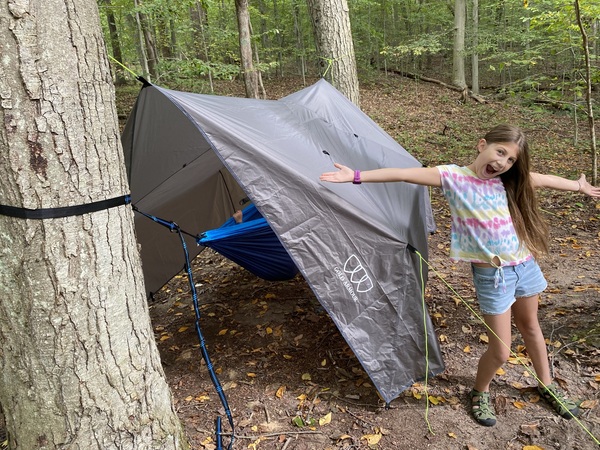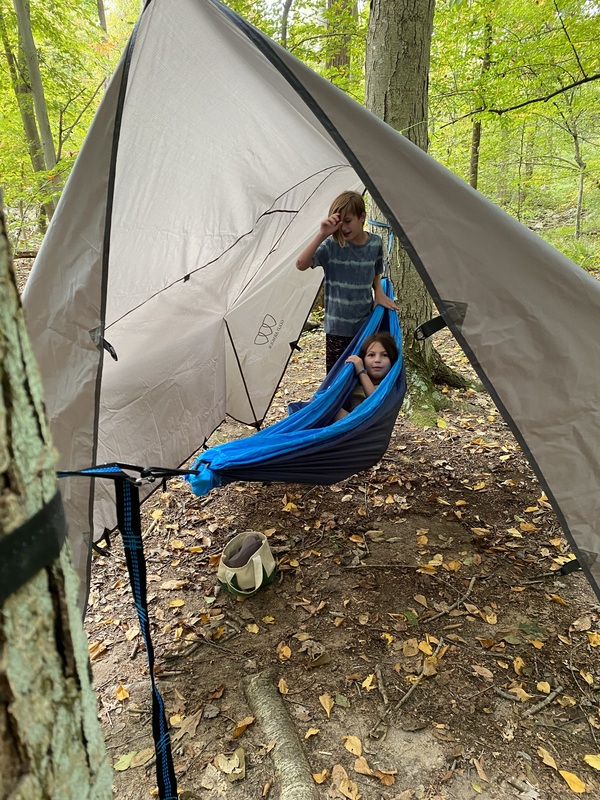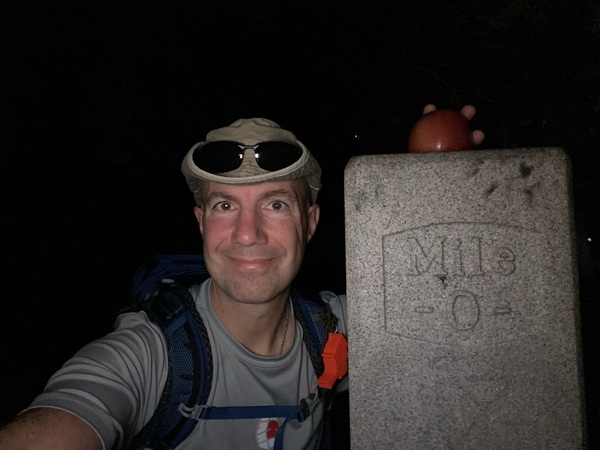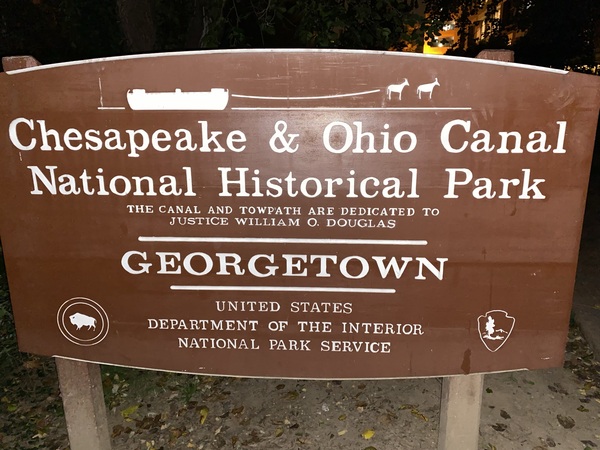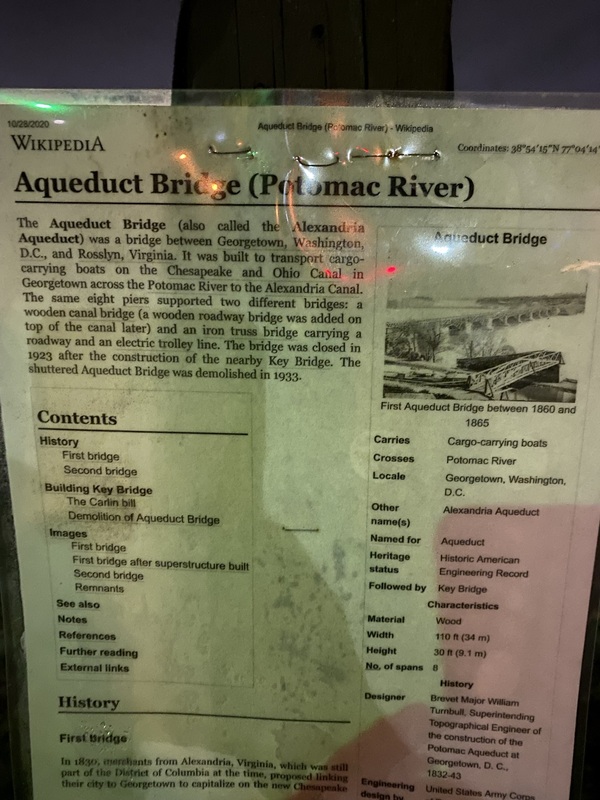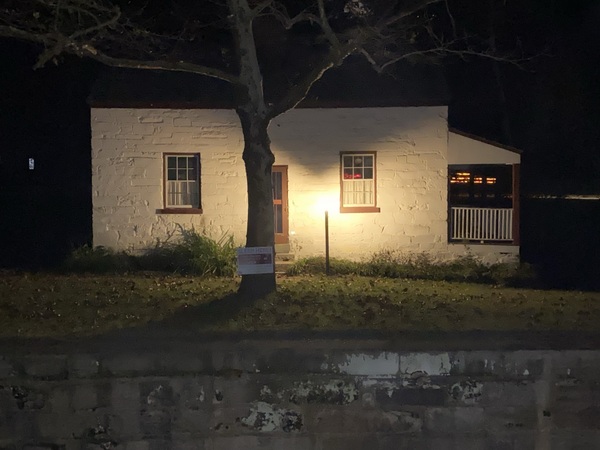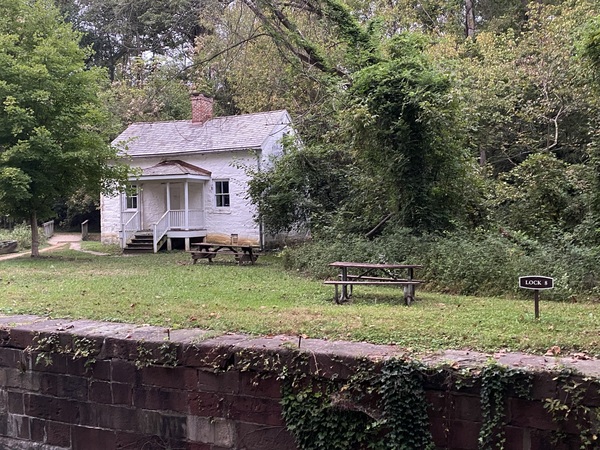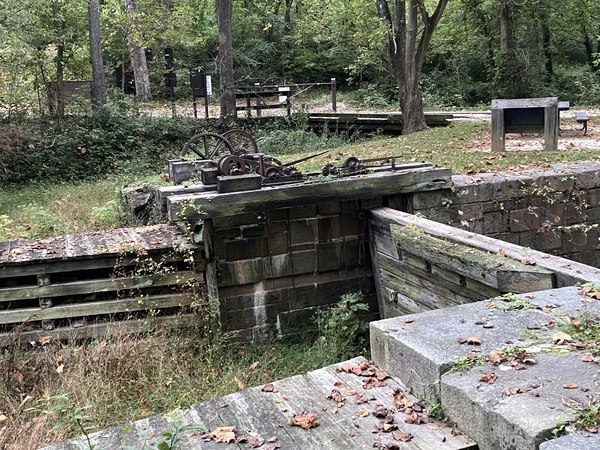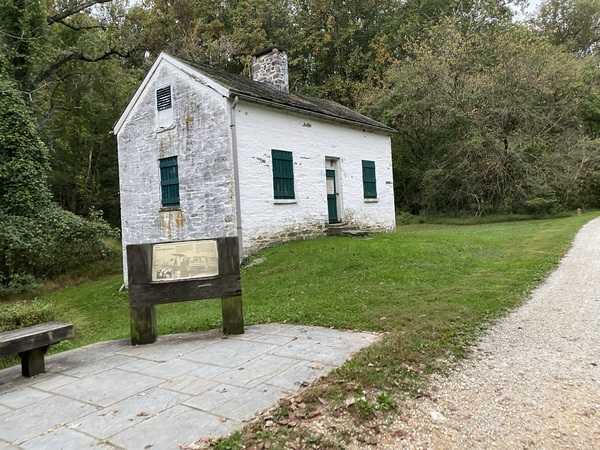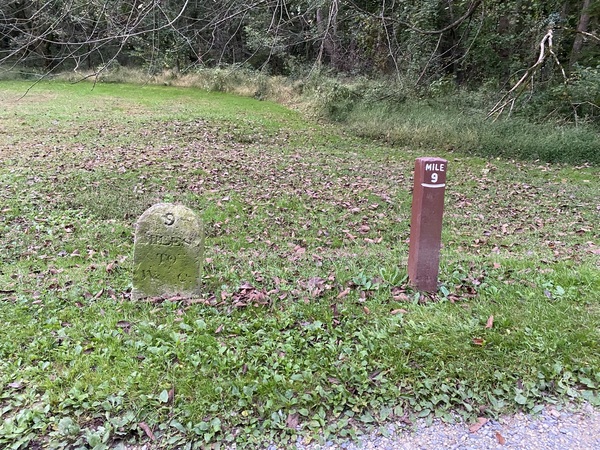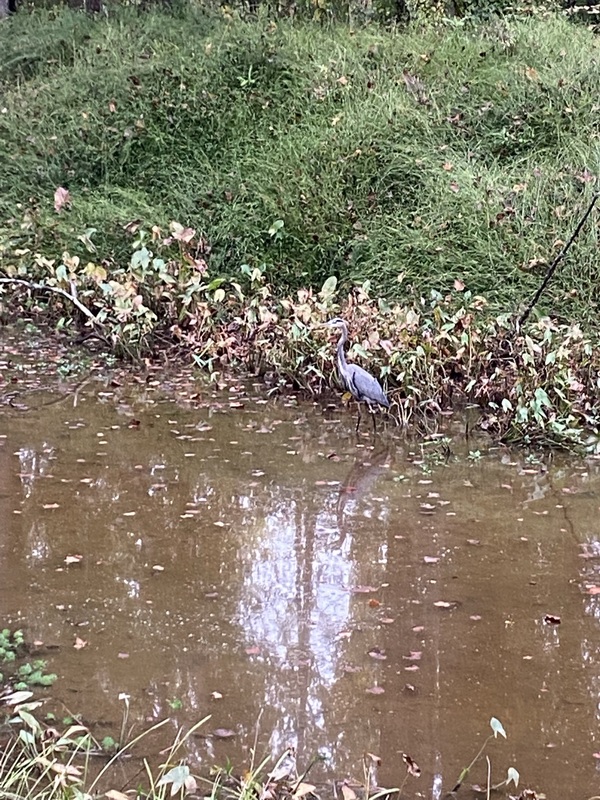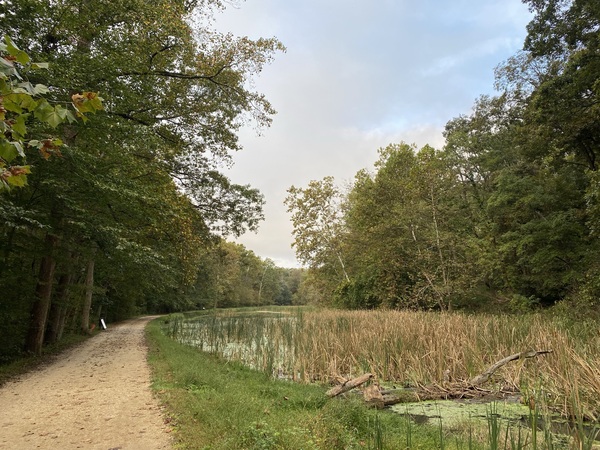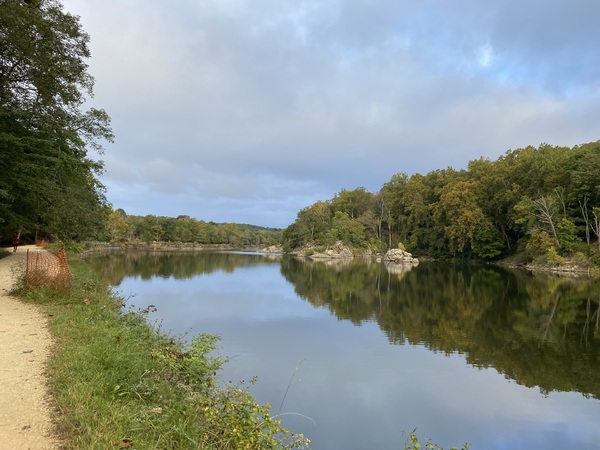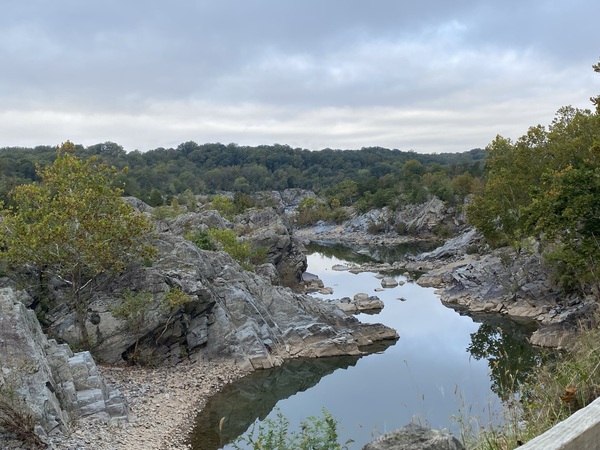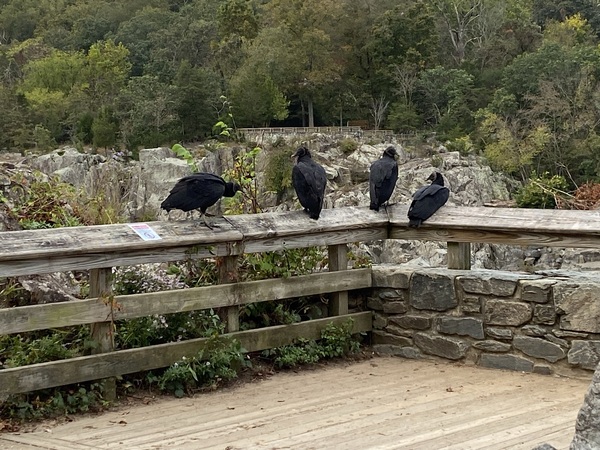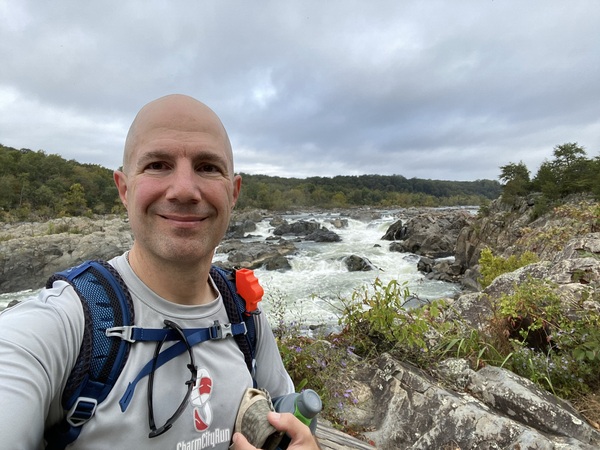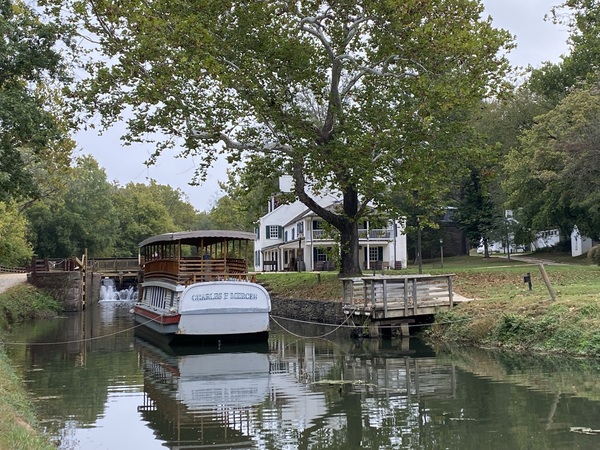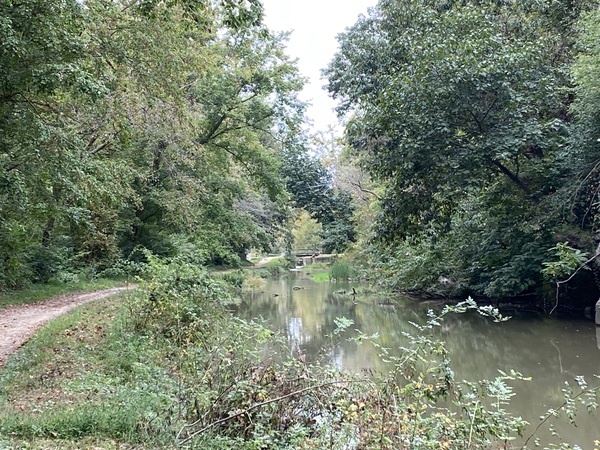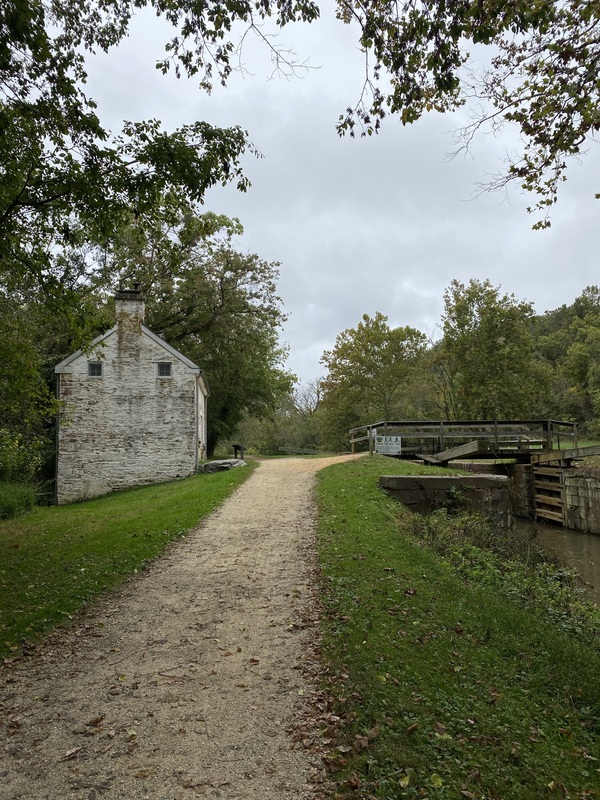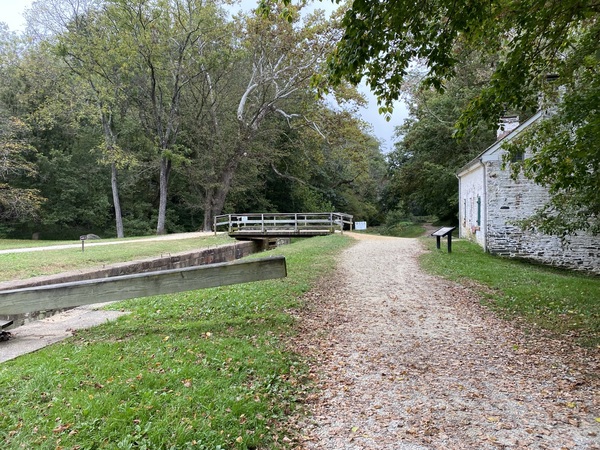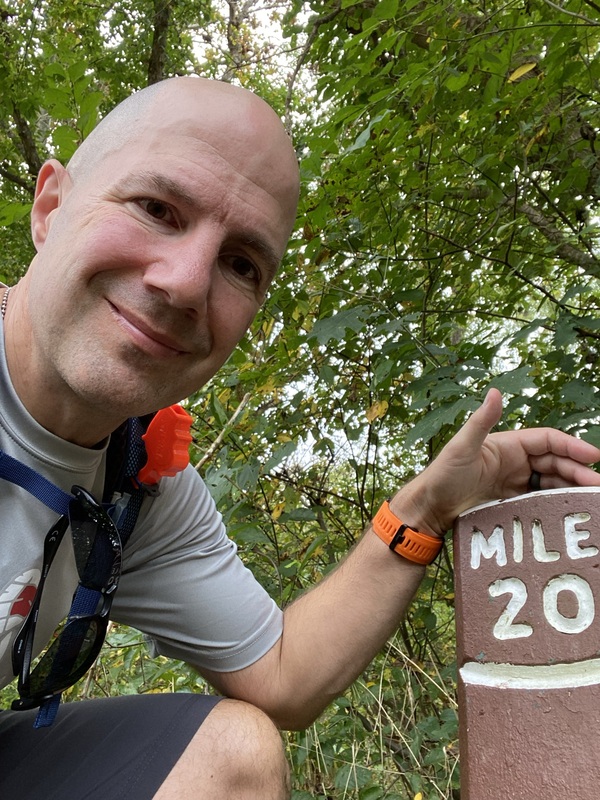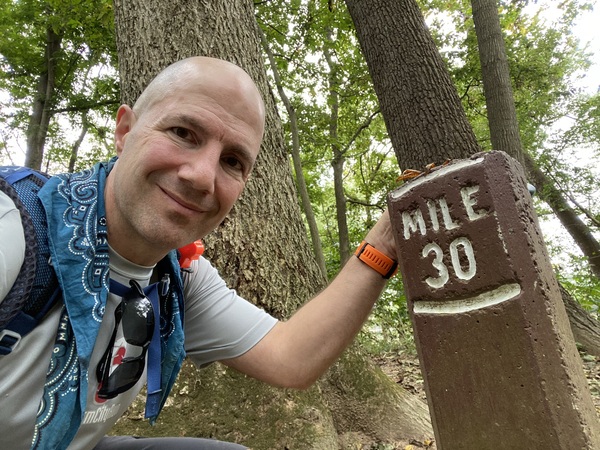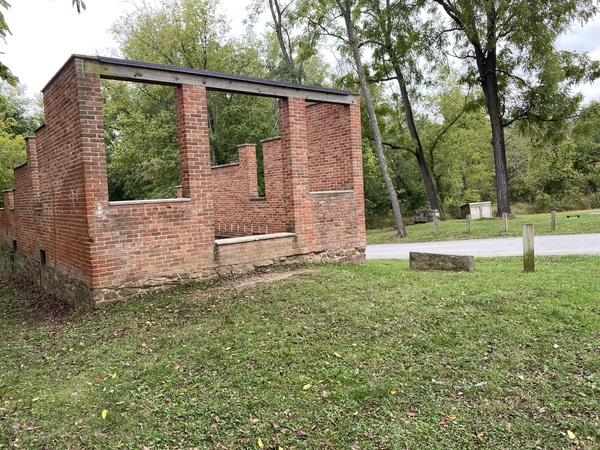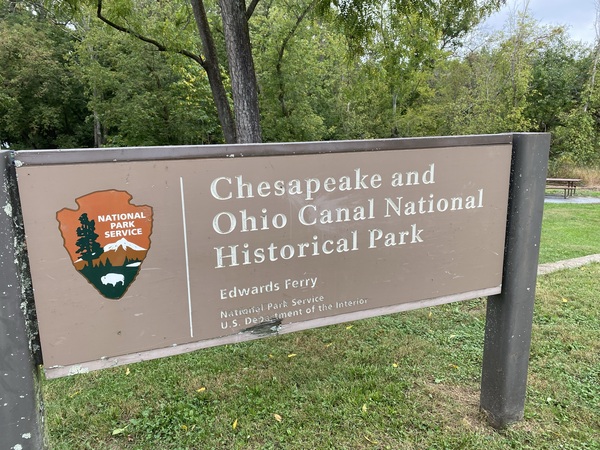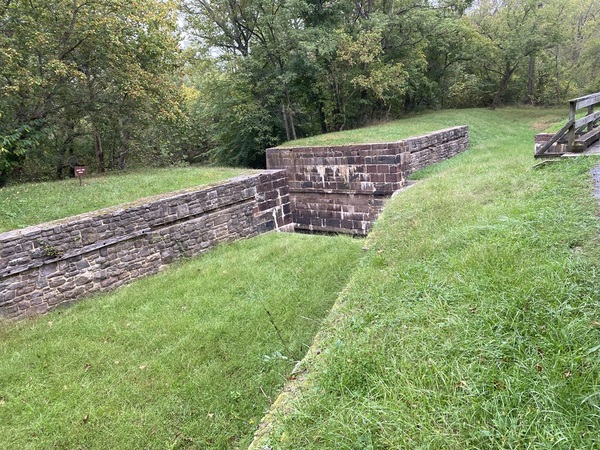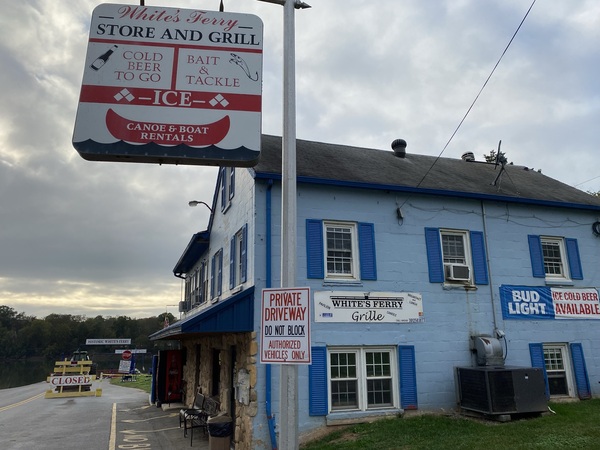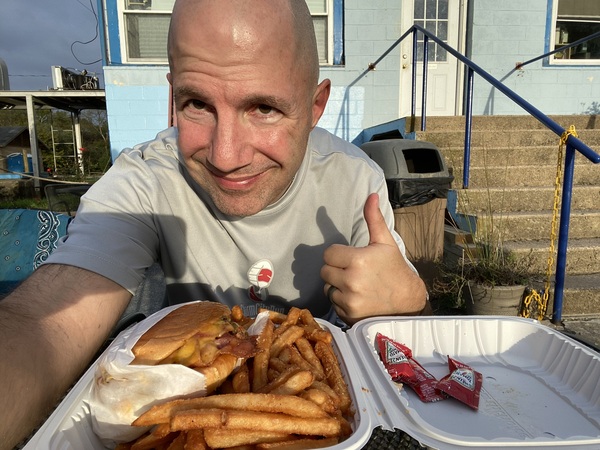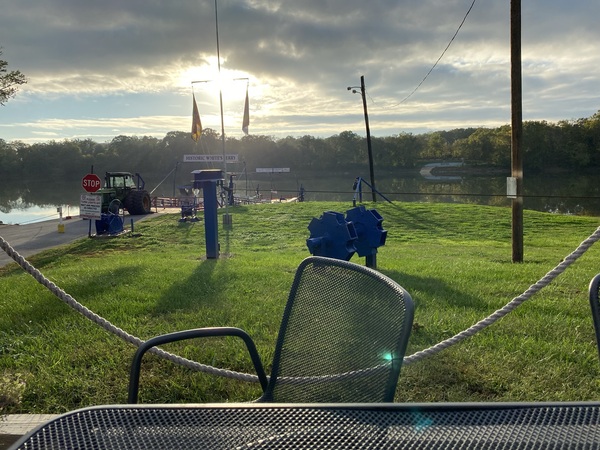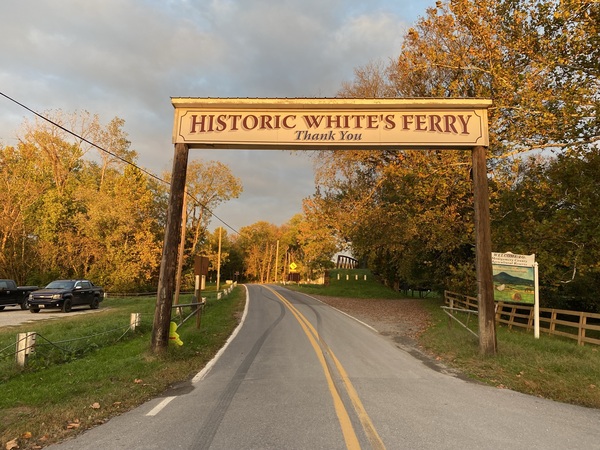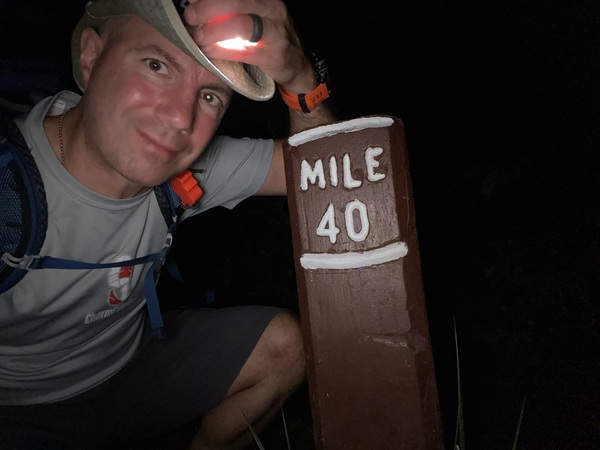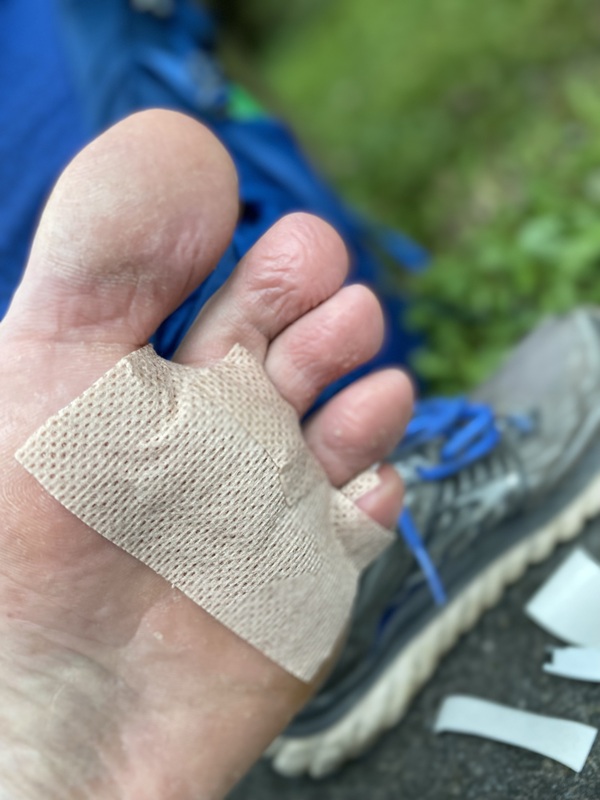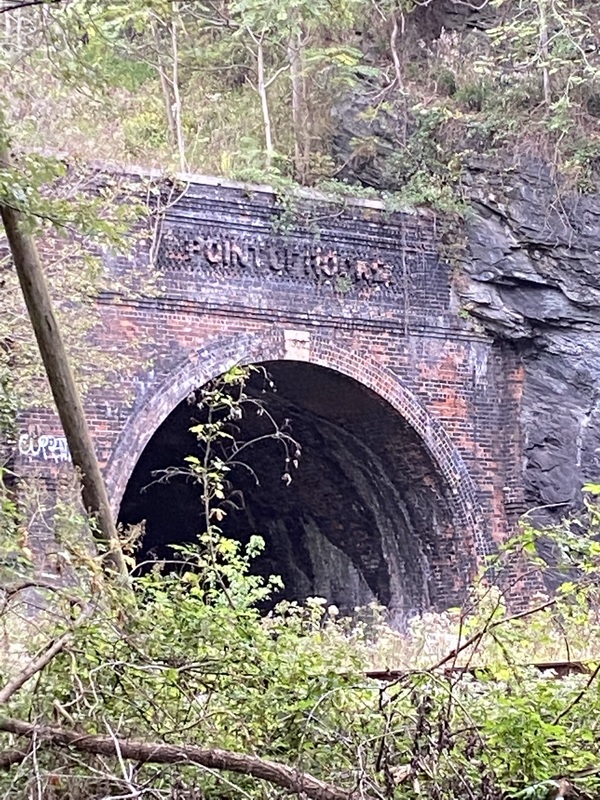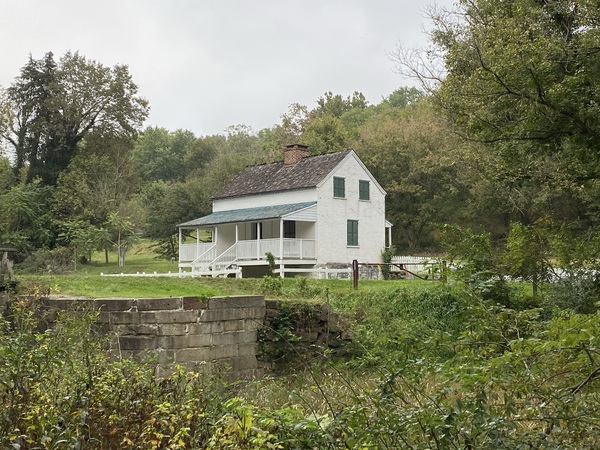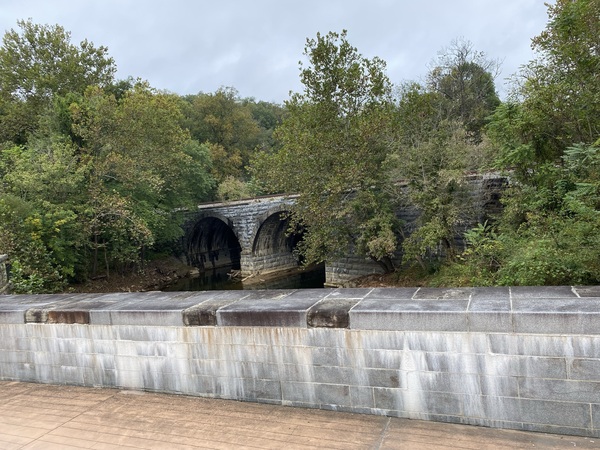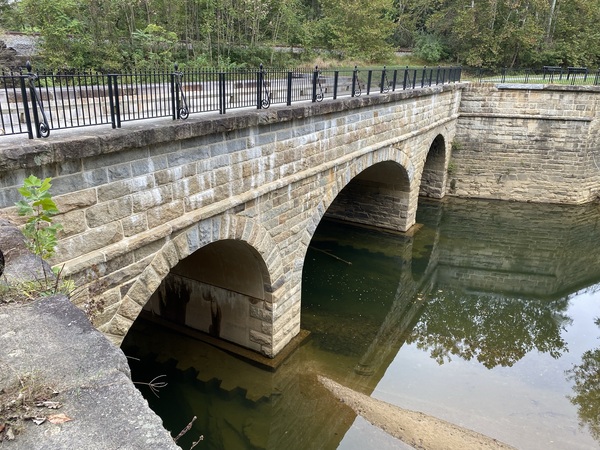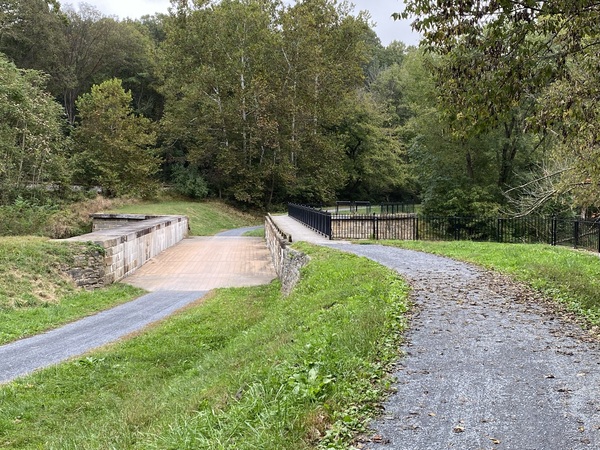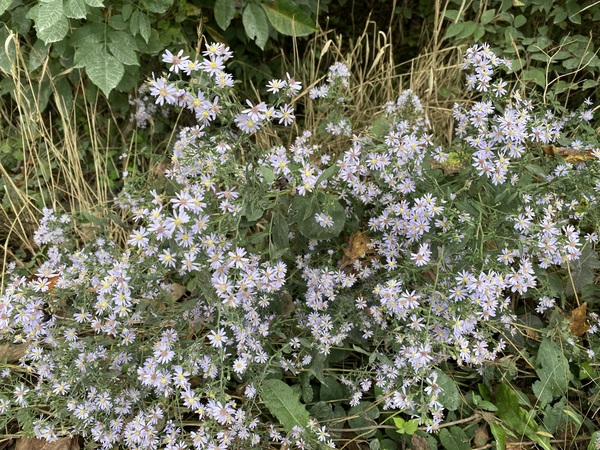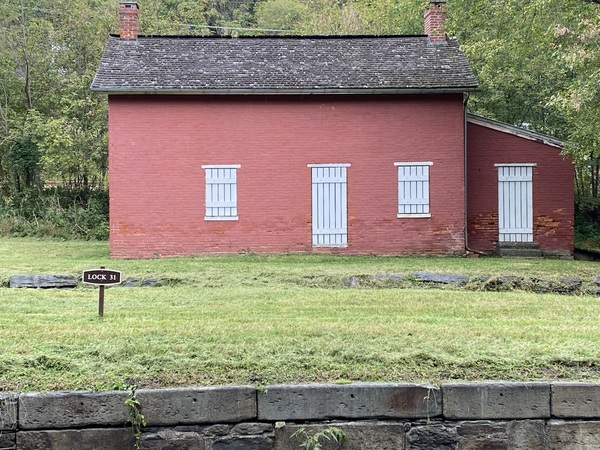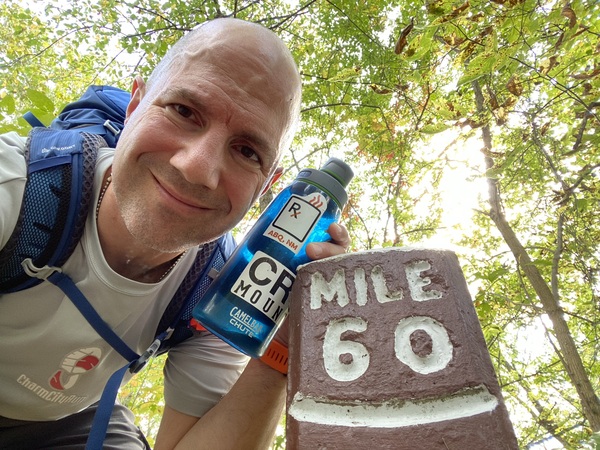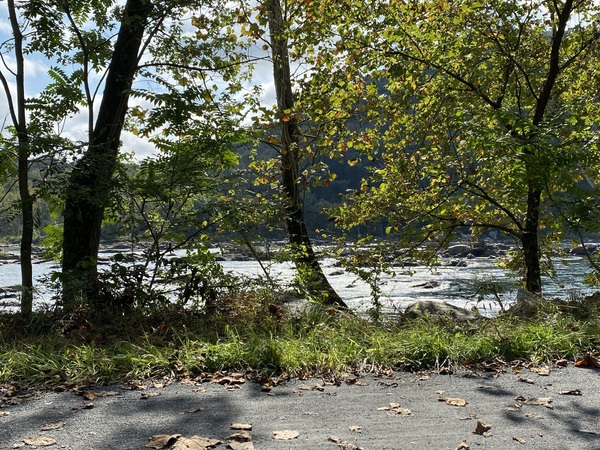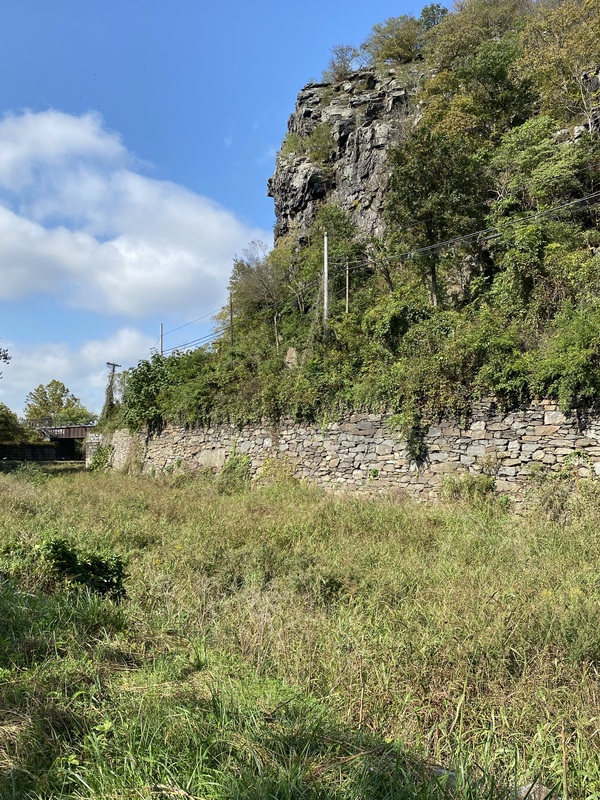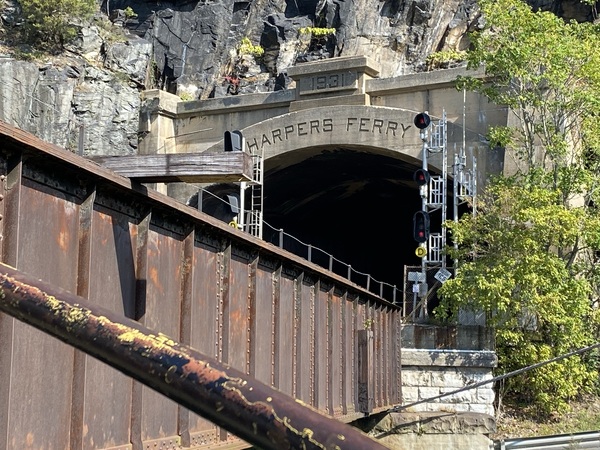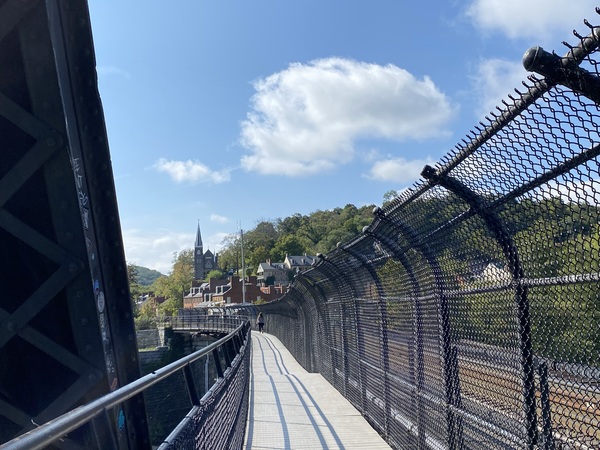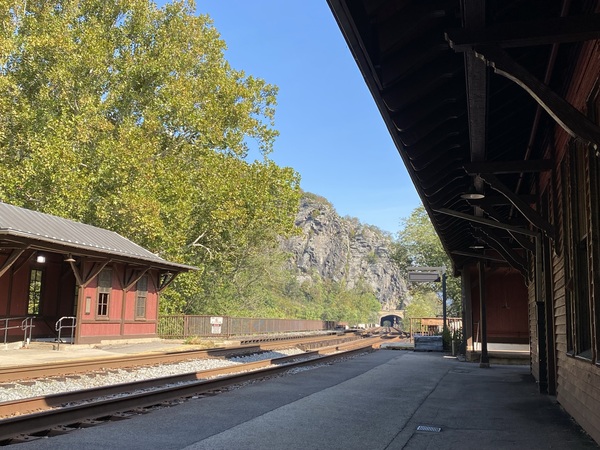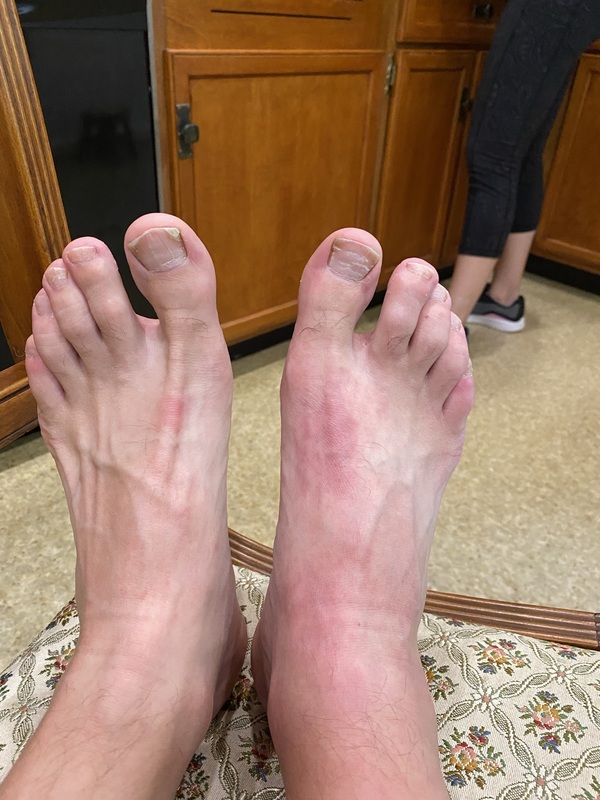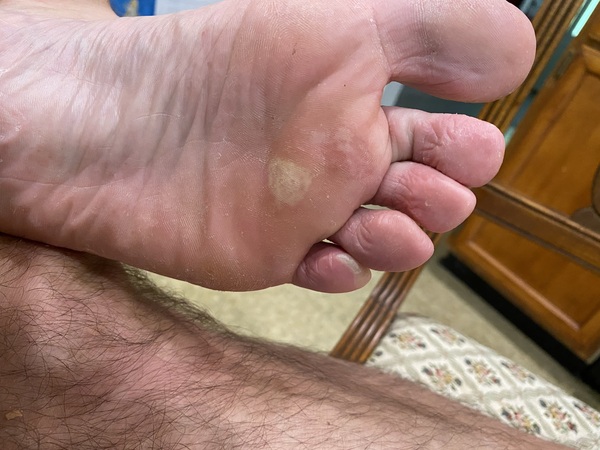I took the second week of October to attempt to thru-hike the C&O Canal. The weather forecast was delicious – 70’s during the day, 60’s at night, cloudy most days with no chance of rain. I made it from Georgetown (mile marker 0), to Harper’s Ferry (just above marker 60). The adventure was amazing, yet I was unable to complete the hike. This post reflects on some of the great parts, how I prepared and executed, why I bailed, and what I will do differently next time.
Part 1 – The Adventure
I opened the car door, grabbed my pack, and climbed out. It was a cool 60 degrees – chilly for a t-shirt and shorts, but once I put a few miles behind me I’d be plenty warm. In my excitement I nearly got lost navigating the 500 feet from the parking lot to Tidewater Lock at Mile 0. But I made it, and at 4:45 am I was, with the glassy eyes of a kid on Christmas morning, starting the adventure I’d dreamed of for years.
The thought of thru-hiking the canal hit me in 2019 as I approached my 50th birthday. I wanted something big to commemorate turning old, and what better way than spending a week on the trail that has been a meaningful part of my life for decades.
My earliest adventure was in my late 20’s. My friend Nick and I hiked 20 miles from Dickerson to Harper’s Ferry in triple digit temperatures carrying nothing but a liter of water and two pounds of cooked spaghetti. Just south of Harpers Ferry we took off our shoes and sat in the cool water of the Potomac to cool off. When we climbed out we could barely walk! In my 30’s and 40’s the Canal became my primary marathon training ground. And now that I have kids the adventures continue. I’ve taken them to the Canal since they were in baby carriers – and now they are hiking the Billy Goat trail! We’ve seen snakes, turtles, fish, deer; and we’ve watched a bald eagle hunting in Widewater.
A mile into the hike the scenery of Georgetown was in the rear-view mirror. The moonlit trail stretched off into the distance. I slipped into the zone, and my pace began to accelerate. Five miles in and I was logging over 4 miles per hour and feeling invincible. My hope was to finish in 5 days, demanding about 37 miles per day. But I was rocking this workout – and I convinced myself that I could do the hike in 4 days. So I locked in 4mph and did all I could to keep it. I blew through Great Falls – stopping for little more than refilling the water bottle.
It didn’t take long for the workout to start catching up to me. I could feel pain forming in my feet, and my hip flexors were starting to ache. By mile 20, the pain was legit. I stopped to take off my shoes because I was convinced there was a marble under the pad behind my middle toe. I ignored the warning signs and kept pushing on. As I got to mile 25 I forced myself to slow a bit; the pain was borderline excruciating. Every step sent shocking pain up my lower legs. It was bad.
I made it to Edwards Ferry in 9 hours, completing just under 32 miles of walking. I was nauseous and could barely walk. I took of my shoes and focused on a little recovery. I set my mind to setting up camp and getting some sleep, but after an hour I started feeling better and hunger was setting in. I decided to push a little further to Whites Ferry to see what they had at the grill. A burger on the deck watching the sunset over the Potomac was invigorating, and gave me the fortitude to push on to the campsite. I ended the first day setting up camp in the dark, having logged just shy of 40 miles.
Day two started early. It takes me a night or two to acclimate to sleeping outside. Instead of fighting it I got up and broke camp. I was on the trail by four, missing a few sights (Whites Ford, the Monocacy Aqueduct, Nolands Ferry, Dickerson power plant) in the dark. But I did get to see Point of Rocks, Cactoctin Creek Aqueduct, and Brunswick. I ended the journey at Harper’s Ferry at about 2 pm. I had pushed hard and fast. There are few times when I let my body dictate the workout – and this was one. I simply could not walk another step.
Arriving in Harpers Ferry was bitter sweet. I was in horrible pain, and the decision to pull the rip cord was a huge relief. But on the other hand, I felt a deep sense of failure. But I’m bull headed – and I’m not going to let one bad experience be the curtain call…
By the numbers: (miles, steps, weights, liters)
- Total hours: 33
- Total miles: 62.4 (39.15 day one, 23.25 day two)
- Total steps: 147,930 (88,740 day one, 59,190 day two)
- Carry weight: 18 lbs (Including 1L water. Packing list below)
- Liters of water consumed: 8 (5 day one, 3 day two, avg: 125 ml/mi).
Below are a few pictures from my day-and-a-half journey.
Part 2 – How I Prepared and Executed
Planning
Planning depends on a number of trip characteristics, e.g., climate, terrain, location, etc. These characteristics influence how much food and water to carry, the types clothing to bring, etc. The C&O Canal towpath is flat and level, has ample water sources, toilets, camping sites, and passes near towns or areas where food can be acquired. Further, there is likely cellular service along the entire trip. Lastly, the weather forecast was ideal.
My plan was to take Tuesday through Saturday (or Sunday as needed) to hike from DC to Cumberland. Rather than a detailed trip itinerary, I had a simple plan: I would give the family daily updates on progress, and Jocelyn and the kids would pick me up in Cumberland. Given the ideal weather, I opted for a hammock, tarp, and warm clothing in lieu of a tent and sleeping bag. I opted for sneakers rather than hiking boots. I brought a liter bottle and one day’s supply of food; I left behind a stove and fuel. I brought no rain gear, and no sunscreen.
Preparation
Essentially, the only preparation was taking the kids out by Sugarloaf Mountain to try setting up the hammock and tarp. I should have spent more time wearing my pack and logging some miles to test out the comfort of the shoes and to get a better sense for daily mileage. Much more on this later…
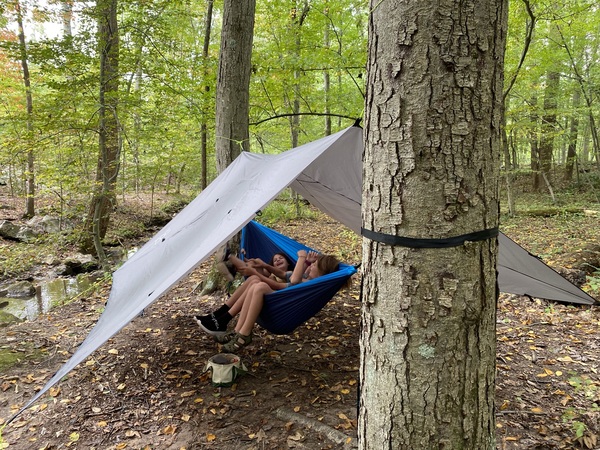
Resources
This would be my first multi-day hike, so I did a little reading from folks that had thru-hiked the C&O Canal. I also leveraged a few other resources to help develop the final packing list. The most useful resources are:
- The Canal-related blog posts and other resources at the HoboKitten, HikenGripen, and Riordan Frost websites.
- The C&O Canal Trust – Great information about the Canal. Most useful, their smartphone app! I used this. Love it! Support the C&O Canal Trust!
- The National Park Service C&O Canal site. Most useful here is the current conditions page that not only lists closures and detours, but also lists the status of all water sources along the trail. I downloaded the water status list to my phone for easy reference while on the hike.
- REI’s backpacking checklist formed the foundation for my packing list, augmented with advice from the resources above. Print, use, augment.
Packing List
I’m obsessed with toys – so for me, packing is one of the best parts of an adventure. Here is what I brought, augmented with items I, in hindsight, would have brought or left behind! The columns include: B – Brought; U – Used – if I actually used it; N – Next – if I’d bring it on the next trip.
| Item | B | U | N |
|---|---|---|---|
| Backpacking Gear | |||
| Backpack and cover | X | X | X |
| Hammock | X | X | X |
| Tarp (10×12 brought, 10×10 would be fine) | X | X | X |
| Headlamp and extra batteries | X | X | X |
| Mini Flashlight and extra battery | X | ||
| Zippies (2 x gal; 2 x qt; 2 x sand) | X | X | |
| Compression sack (20L) | X | X | X |
| Stuff sack (small, for dirty clothes) | X | X | X |
| Parachute cord – 50′ (hang food, gear lines, etc.) | X | X | |
| Navigation and Communication | |||
| C&O Canal Explorer Mobile App | X | X | X |
| Phone and charging cable | X | X | X |
| Watch – Fenix 3 HR and charging cable | X | X | X |
| Battery pack | X | X | X |
| Pen and piece of paper | X | X | |
| Clothing and Footwear | |||
| Underwear – 5 pair (one worn). Find better. | X | X | X |
| T-shirts (quick dry) – 2 (one worn) | X | X | X |
| Pants, Shorts – 1 each (shorts worn) | X | X | X |
| Belt – fabric (I took it off) | X | ||
| Long-sleeve shirt – 1 | X | X | X |
| Fleece top – 1 | X | X | ? |
| Shoes suited for terrain – 1 (worn) | X | X | X |
| Socks – 1 pair wool, 5 pair low-top synth (one worn). Find better. | X | X | X |
| Long underwear bottom – 1 | X | X | ? |
| Gloves, fleece – 1 | X | X | X |
| Hat, fleece – 1 | X | X | X |
| Cotton bandanna – 1 (Vital!) | X | X | X |
| COVID-19 mask | X | X | ? |
| Camp Kitchen | |||
| Stove and fuel | X | ||
| Mug/cup | X | ||
| Instant coffee | X | ||
| Food sack | X | X | X |
| Cord to hang food (30ft 550) | X | X | |
| Food and Water | |||
| Water bottle – Camelbak Chute 32oz/1L | X | X | X |
| Water filter – Lifestraw | X | ? | |
| Water purification pills | X | X | X |
| Electrolytes – Nuun – 3 tubes. Bring more! | X | X | X |
| Energy snacks – 1 day’s worth | X | X | X |
| Health and Hygiene | |||
| Toothbrush and toothpaste | X | X | X |
| TP | X | X | |
| Hand sanitizer – small | X | X | X |
| Sunglasses | X | X | X |
| Sunscreen | X | ||
| Lip balm (Vital) | X | X | X |
| Sun hat | X | X | X |
| Insect repellant | X | X | X |
| Blister treatment (Vital!) | X | X | X |
| Soap – small bar | X | ||
| Body glide (Vital) | X | ||
| Tools and Repairs | |||
| Knife (CRKT folder) | X | ||
| Multitool | X | X | X |
| Duct-tape – 3x3ft on lighter | X | X | |
| Safety pins – 4 | X | X | |
| Super glue – 1 Krazy Glue single-use tube | X | X | |
| Emergency Items | |||
| First-aid kit (4 band-aids, 3 prep pads) | X | X | |
| Whistle | X | X | |
| Lighter | X | X | |
| Fire starter – 3 sticks | X | X | |
| Ibuprofen and caffeine (15@200mg each) | X | X | X |
| Emergency ID tag (one worn, one on bag) | X | X | X |
| Personal Items | |||
| ID, health insurance card | X | X | |
| Credit card, cash ($200 small bills) | X | X | X |
Carrying Water – 500 mL or 1 L? There is plenty of water along the Canal. With 500 mL, I’d have stopped a lot. 1 L is heavy. I’ll likely stick with 1 L, but I’d love a drinking tube so I could leave this on the pack. I don’t like bladders.
Organize into zippies. I brought a few extra zippies. They are a simple light-weight solution that keeps the wet stuff away from the dry stuff dry.
Swaps and Improvements: I brought some warmer gear (fleece, long underwear, etc.) to keep me warm at night sleeping in a hammock. All the warm gear, hammock, tarp, etc. could be swapped out for a tent, air mattress, sleeping bag; or bag, mat, tarp. I have to investigate this.
Adds: Body glide – because chaffing is a real thing. A small bar of soap. I left the burner and fuel at home. In hindsight, coffee in the morning would be a treat!
Pictures!
Here’s a few pictures of some of the gear I brought.
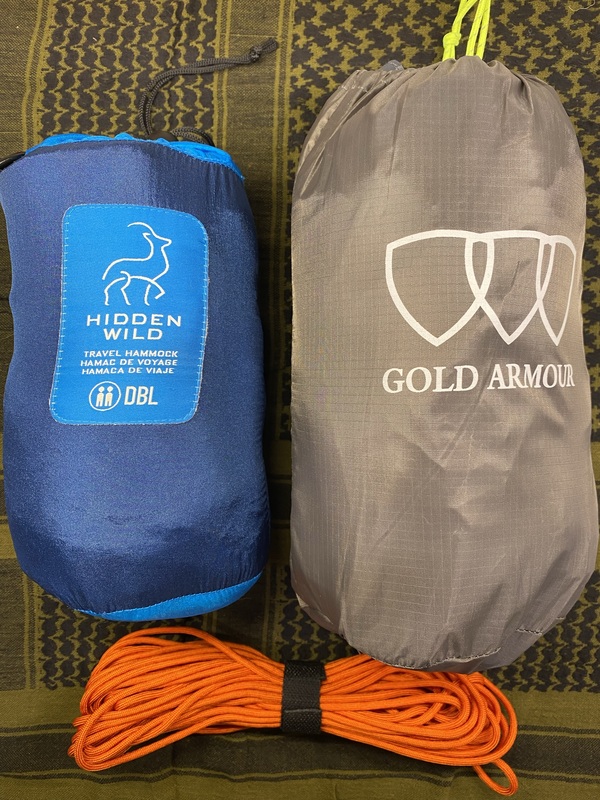
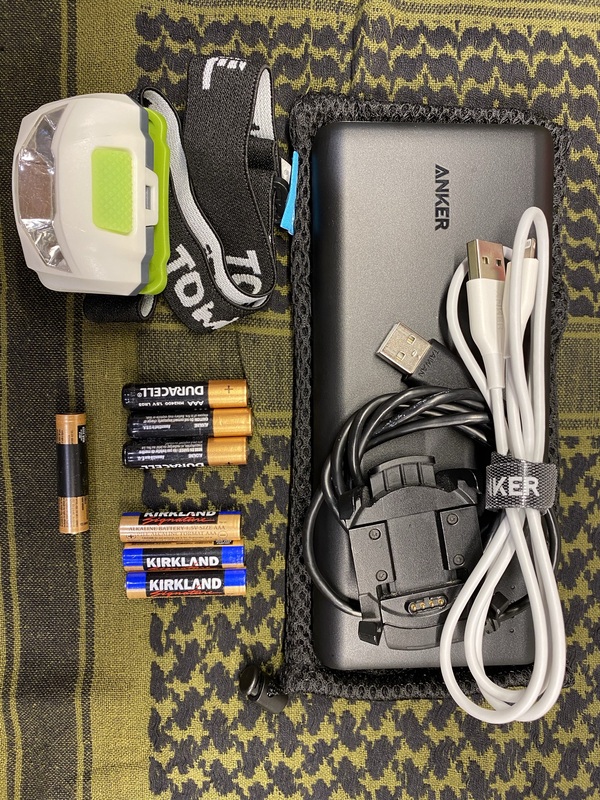
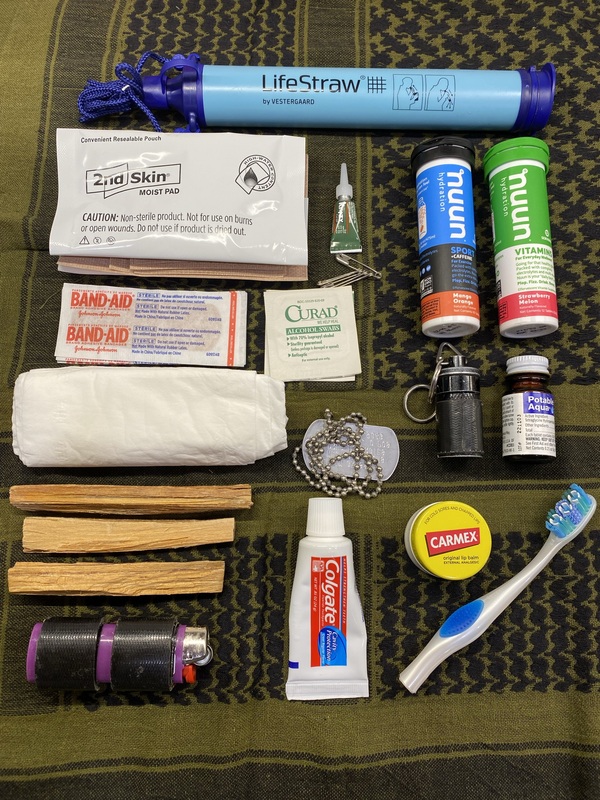
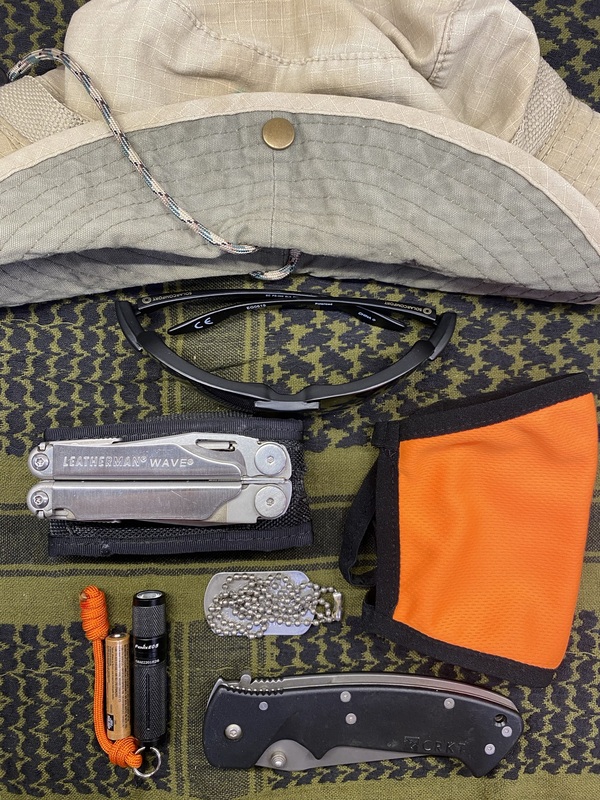
Part 3 – Why I Bailed
It took me about a week to get over the sense of failure from not completing the journey. During that week I tried reciting every mantra I knew about responding to failure: fail forward fast; it’s not a failure if you learn something; every setback is an opportunity to learn and to grow… All of these are great, but I admit I was pretty down. I have, however, taken time to assess what went wrong. Here’s what I came up with, in order of significance.
Factor 1: No well thought out plan
The Canal is 184.5 miles. I had 6 days to complete the hike. That equates to about 31 miles per day. Given the conditions of the Canal (flat, hard-packed gravel), that could be accomplished – hard, yes, impossible, no.
I left to chance what my target travel rate should be, and when and how frequently I should take breaks. The result was predictable. I got to re-learn a lesson I learned the hard way more than once while marathon running: start slow! Excitement got the best of me, and an hour or so into the hike I was at four-mile-per-hour pace. That pace is tough, and significantly exacerbated Factor 2.
Factor 2: Failure to care for feet
Long hours of walking puts a great deal of stress on the feet. That stress was compounded by carrying extra weight and by pace. By about 5 hours into the hike my feet were unhappy. At that point I hadn’t yet stopped for a break. My feet had swollen, my toes were rubbing, the balls of my feet were in pain.
I know shoes matter – but I downplayed the importance. I thought, it’s just walking! Anyway, I hit the trail with a retired pair of running shoes. Gulp.
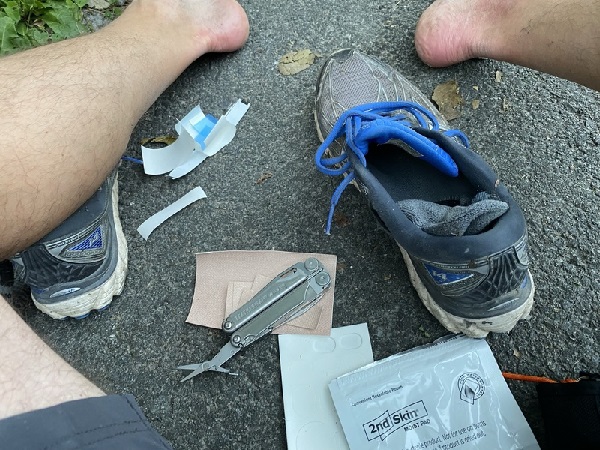
Factor 3: Lack of overnight hike experience
I love camping, but have never slept in a hammock. I love hiking, but have never had to transition from a long hike into setting up for camp and going to bed. I’ve eaten on long hikes, but have not dealt with that end-of-day hunger that simply won’t be satisficed by one more Cliff bar.
Part 4 – What I Will Do Differently
Remedy 1: Have a plan
This will be easy and hard. The easy part will be identifying the target camp sites, pace, breaks, and daily miles. The hard part will be sticking to the plan. Discipline!
Pace is perhaps the biggest variable here. Before my next attempt I’ll do two things. First, I’ll log more walks with my Garmin and my pack. What’s a natural and casual pace? Second, once I get a good sense for pace, I’ll schedule a two-day test. Day 1 will follow an established desired pace, decent mileage goal, and break schedule. Day 2 will include a two-to-three hour hike to assess the impact of Day 1. If Day 2 is a nightmare, I have to rework my basics. If I’m strategic, I can fold this in with Remedy 3: Get experience.
Remedy 2: Care for feet
First, I’ll get better shoes and socks. Second, I’ll break in the shoes. Third, I’ll experiment with foot care basics, first aid, and repair techniques.
Remedy 3: Get experience
I see a progression here following the crawl, walk, run philosopy.
Crawl: Set up camp close to car or home. The goal is to get practice setting up the site and sleeping in the hammock. I will also experiment with a tent to see what works best.
Walk: Hike a few miles, set up camp, then hike back. The goal is to mix a little hiking into the experience. I’ll do a few during the day, and a few overnight.
Run: Hike a full day, camp overnight, then hike back. This combines with Remedy 1: Have a plan; and will help test how my feet hold up while mixing in the camping component. I think the real test here will be maintaining target pace on the second day.
Conclusion
This trek was 33 hours. That is not a long time – but it got brutal. By the end of the first day my calves were on fire, my ankles hurt, and my feet felt like they had been through a meat grinder. On the second day I woke up feeling a little better – but I starting fall apart quickly. After three hours I’d made it to Point of Rocks (mile ~48.2) and spent an hour resting and repairing my feet. It took ten minutes of walking to get my pace back to 3 miles per hour. I felt like the walking dead. The last two miles into Harpers Ferry took an hour and a half. I simply could not go on. I’m a pretty disciplined guy – but I’d managed to break myself.
The pain is soon forgotten. It’s weird how that happens, but it is so true. I’ve run 10 marathons, and at the end of every one I told myself, “I’ll never do this again!” A week after the hike and all that’s left is the the fun, the adventure, and the satisfaction of knowing I’ve walked every inch of the first 60 miles of the C&O Canal. I remember the trees, the river, the wildlife, the people I met on the way. I barely remember the pain, the hard stuff. I can’t wait to try again!
